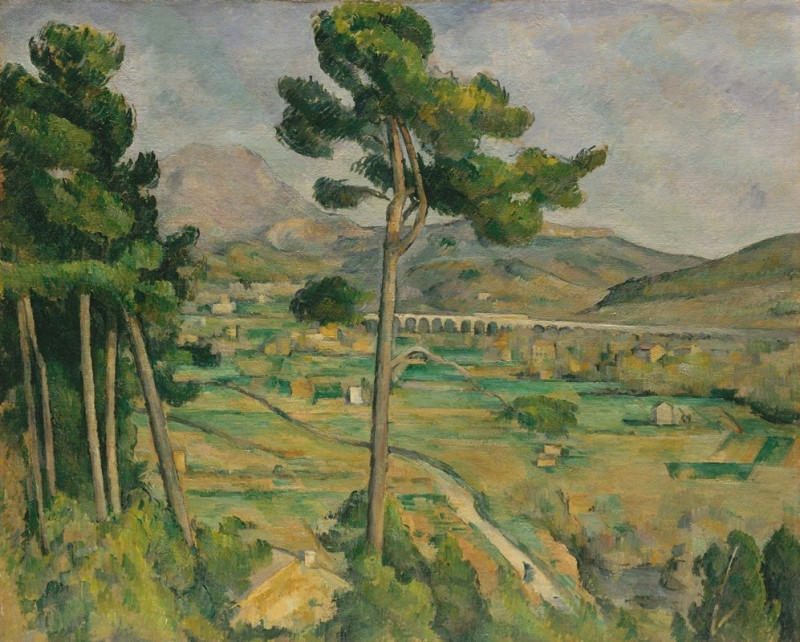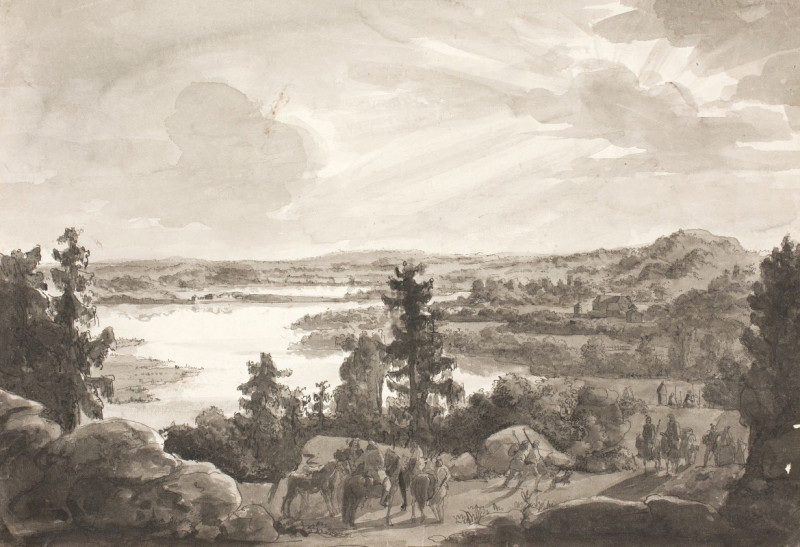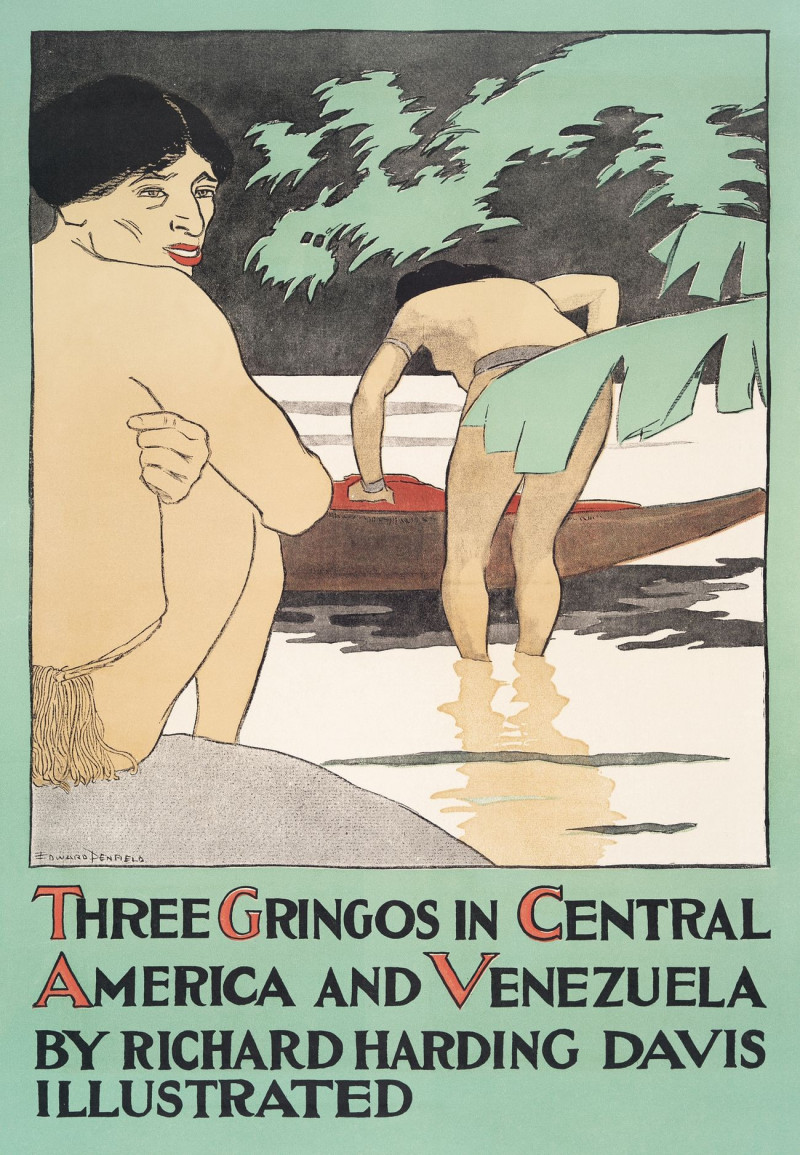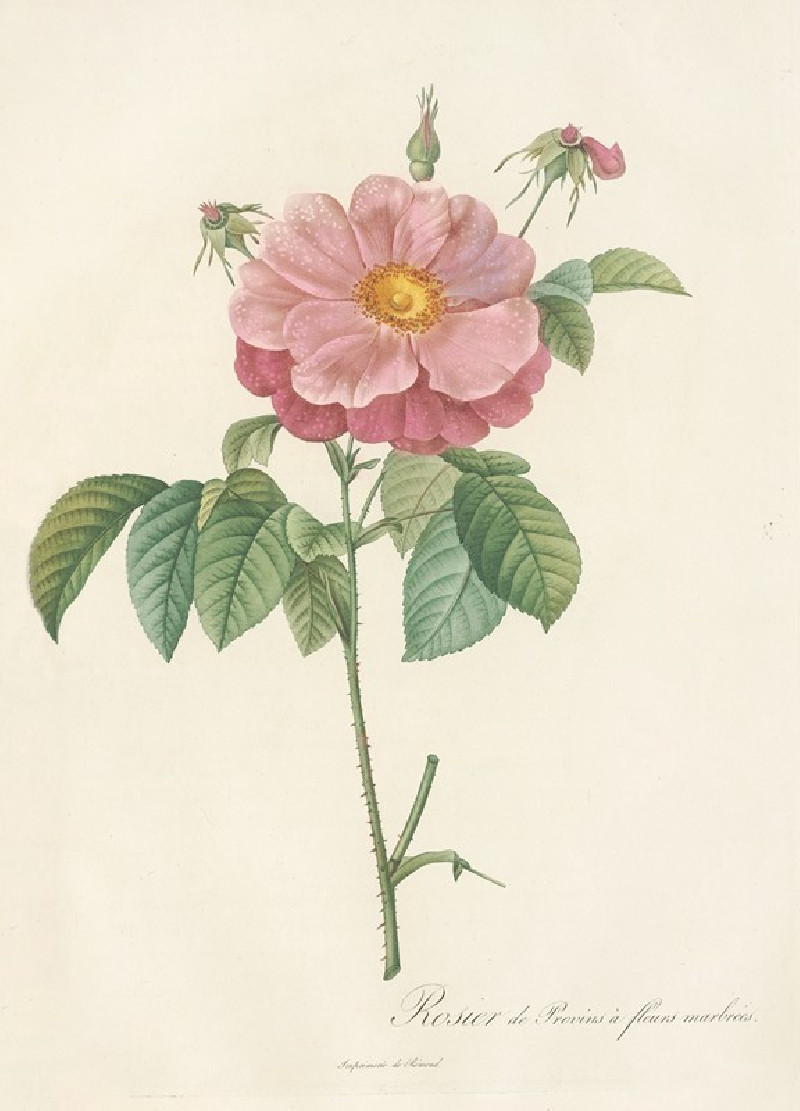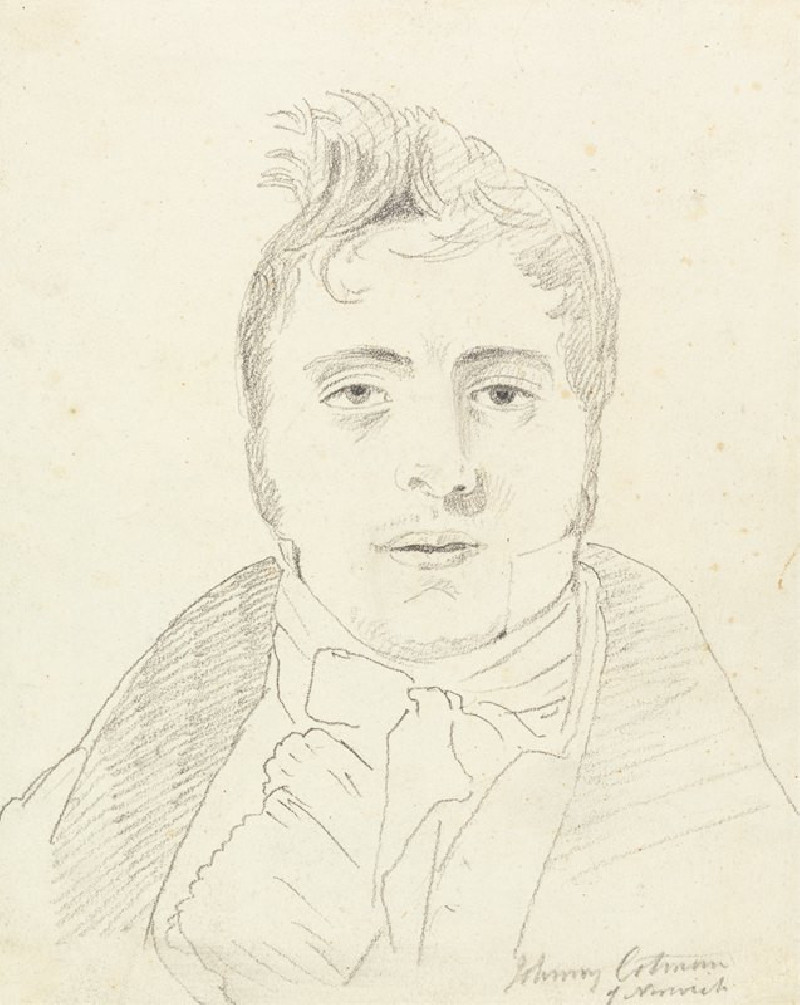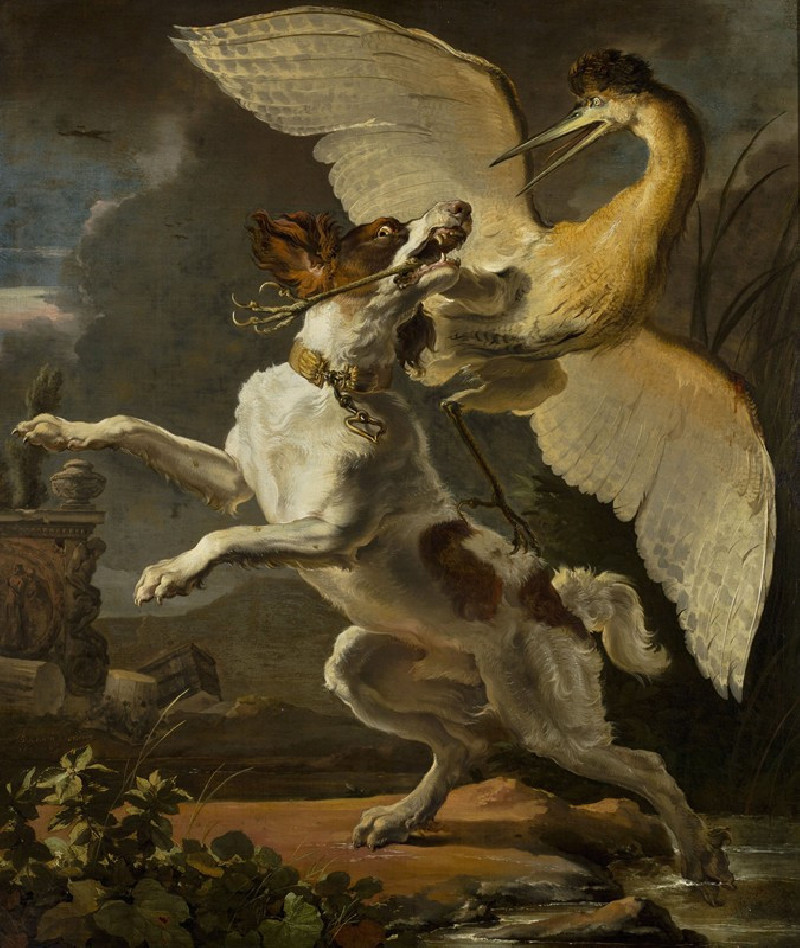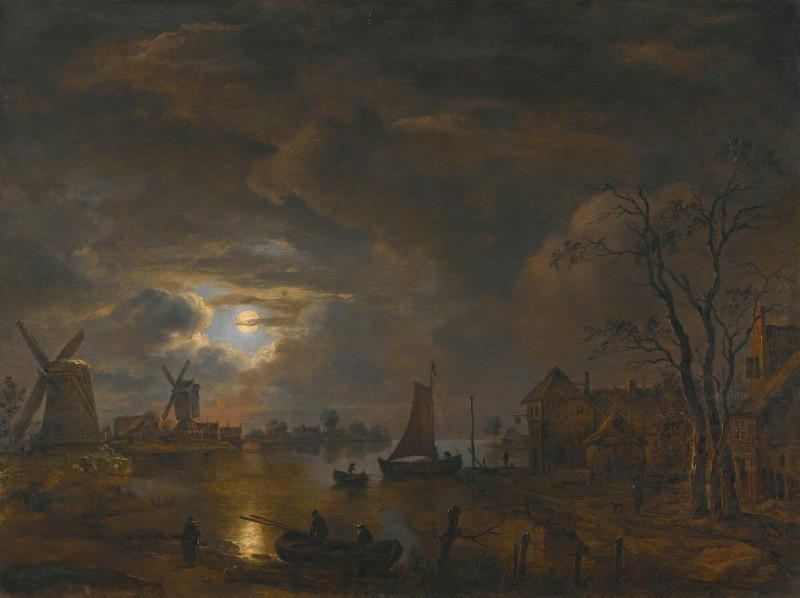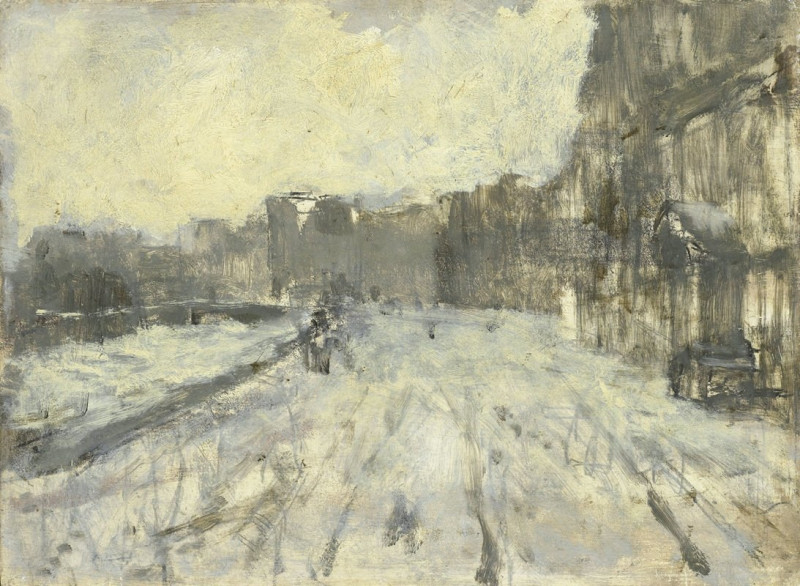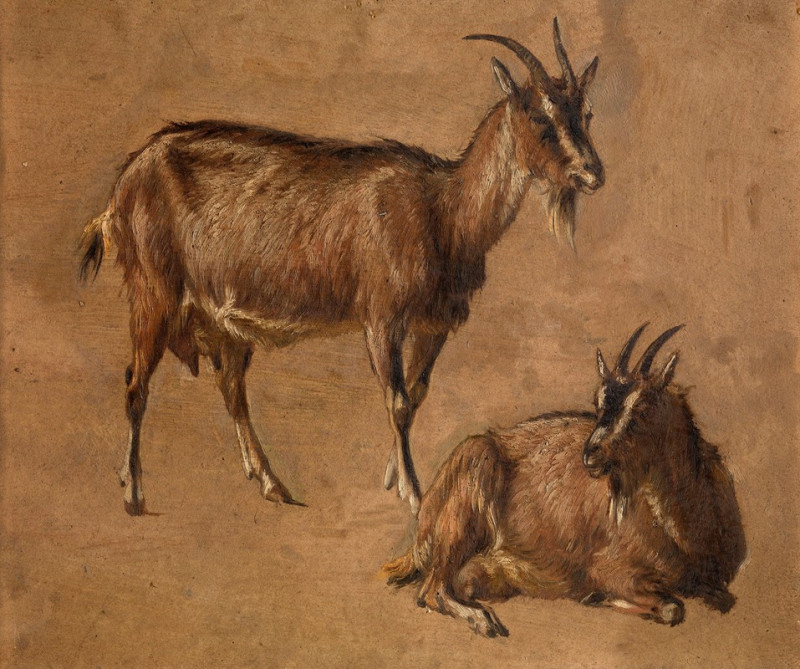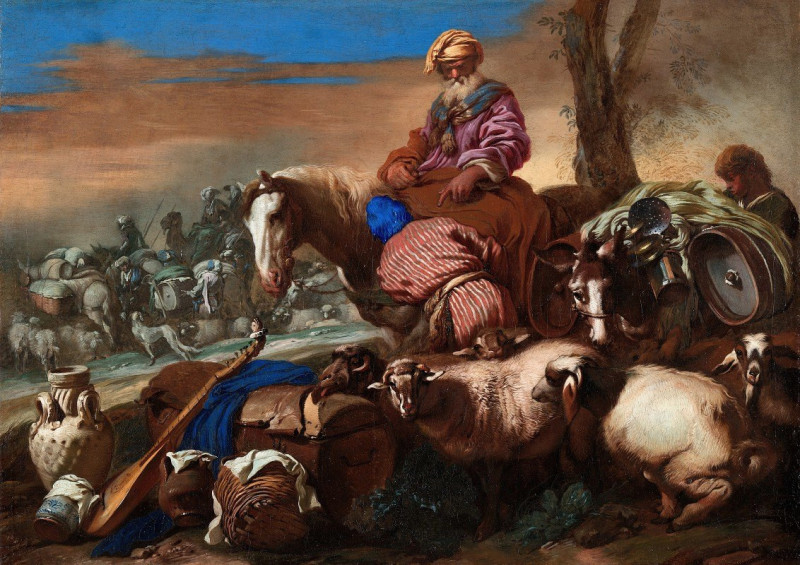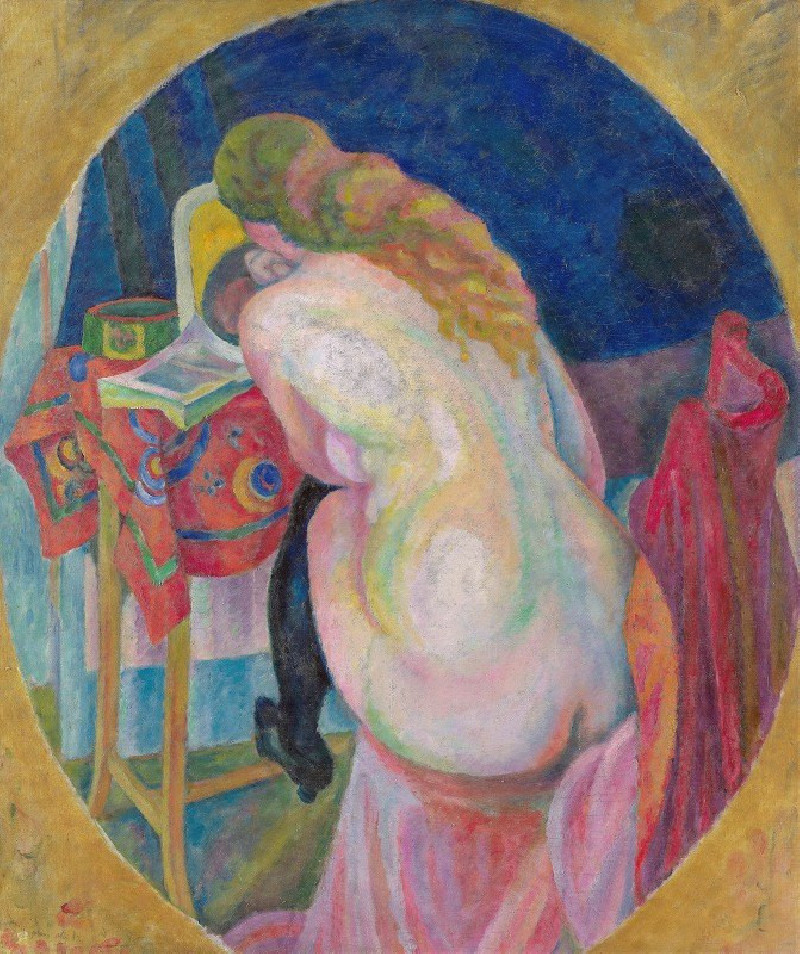Temple at Esneh [Isnâ]. Nov. 25th, 1838. (1846-1849)
Technique: Giclée quality print
Recommended by our customers
More about this artwork
Artist: David RobertsDate of Painting: November 25, 1838 (Published 1846-1849)David Roberts' artwork "Temple at Esneh [Isnâ]" showcases the grandeur and timeless allure of ancient Egyptian architecture coupled with the everyday life of the local people during the 19th century. Created during Roberts' extensive travels through Egypt in 1838, this painting provides a picturesque depiction of the Temple at Esna, a site renowned for its beautifully detailed columns and rich decorations.The painting reveals a moment frozen in time within the cool, shadowed confines of the temple. Massive, ornately carved columns dominate the view, drawing the eye upward to the intricate hieroglyphs etched into the stone, echoing tales of ancient deities and pharaonic legends. The detailed execution of the architectural elements underscores Roberts’ meticulous attention to detail and his passion for realism in his portrayal of historic sites.Life within this majestic relic is captured through the depiction of various figures dressed in traditional attire. Some individuals are seen engaged in conversation, creating a sense of community and daily routine, while others appear in solitary contemplation or repose, perhaps reflecting on the sanctity of their surroundings. The positioning of these figures suggests a harmonious coexistence of the contemporary with the ancient, a theme often explored in Roberts' works.This painting not only serves as a visual archive of historical and cultural significance but also as a testament to David Roberts' skill in capturing the essence of Egyptian heritage and its enduring impact on both locals and travelers alike.
Delivery
Returns
David Roberts (24 October 1796 – 25 November 1864) was a Scottish painter. He is especially known for The Holy Land, Syria, Idumea, Arabia, Egypt, and Nubia, a prolific series of detailed lithograph prints of Egypt and the Near East that he produced from sketches he made during long tours of the region (1838–1840). These and his large oil paintings of similar subjects made him a prominent Orientalist painter. He was elected as a Royal Academician in 1841.

![Temple at Esneh [Isnâ]. Nov. 25th, 1838. (1846-1849) reproduction of painting by David Roberts. ALL GICLEE PRINTS Temple at Esneh [Isnâ]. Nov. 25th, 1838. (1846-1849) reproduction of painting by David Roberts. ALL GICLEE PRINTS](https://reprodukcijos.lt/39134-large_default/reproduction-of-temple-at-esneh-isna-nov-25th-1838-1846-1849.jpg)
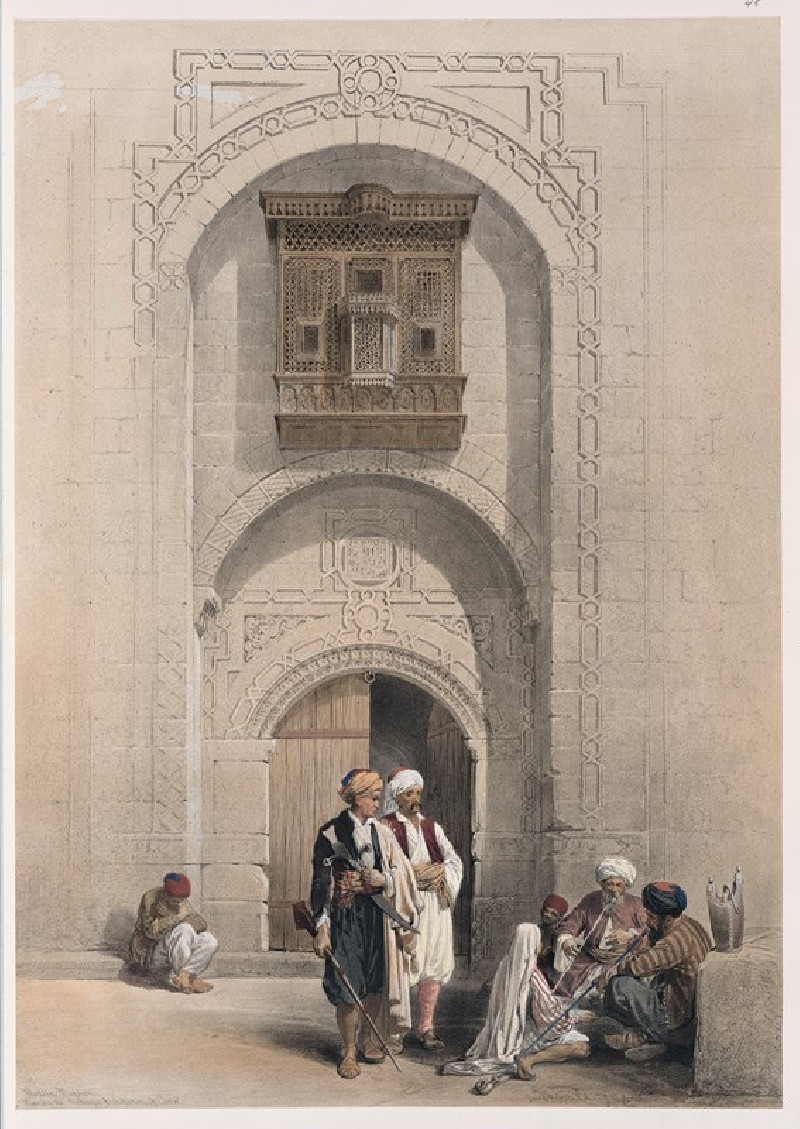
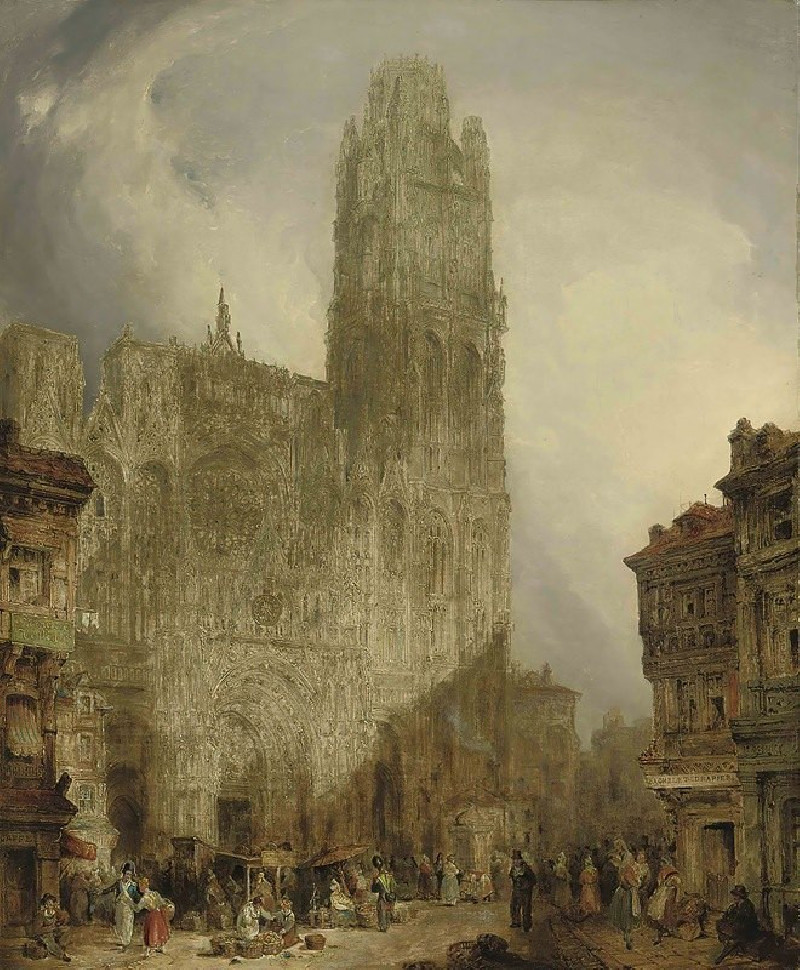
![Siout [Asyût]. Upper Egypt. (1846-1849) reproduction of painting by David Roberts. ALL GICLEE PRINTS](https://reprodukcijos.lt/39216-large_default/reproduction-of-siout-asyut-upper-egypt-1846-1849.jpg)
![Hermont [Armant], ancient Hirmonthis. Nov. 26th, 1838. (1846-1849) reproduction of painting by David Roberts. ALL GICLEE PRINTS](https://reprodukcijos.lt/39215-large_default/reproduction-of-hermont-armant-ancient-hirmonthis-nov-26th-1838-1846-1849.jpg)
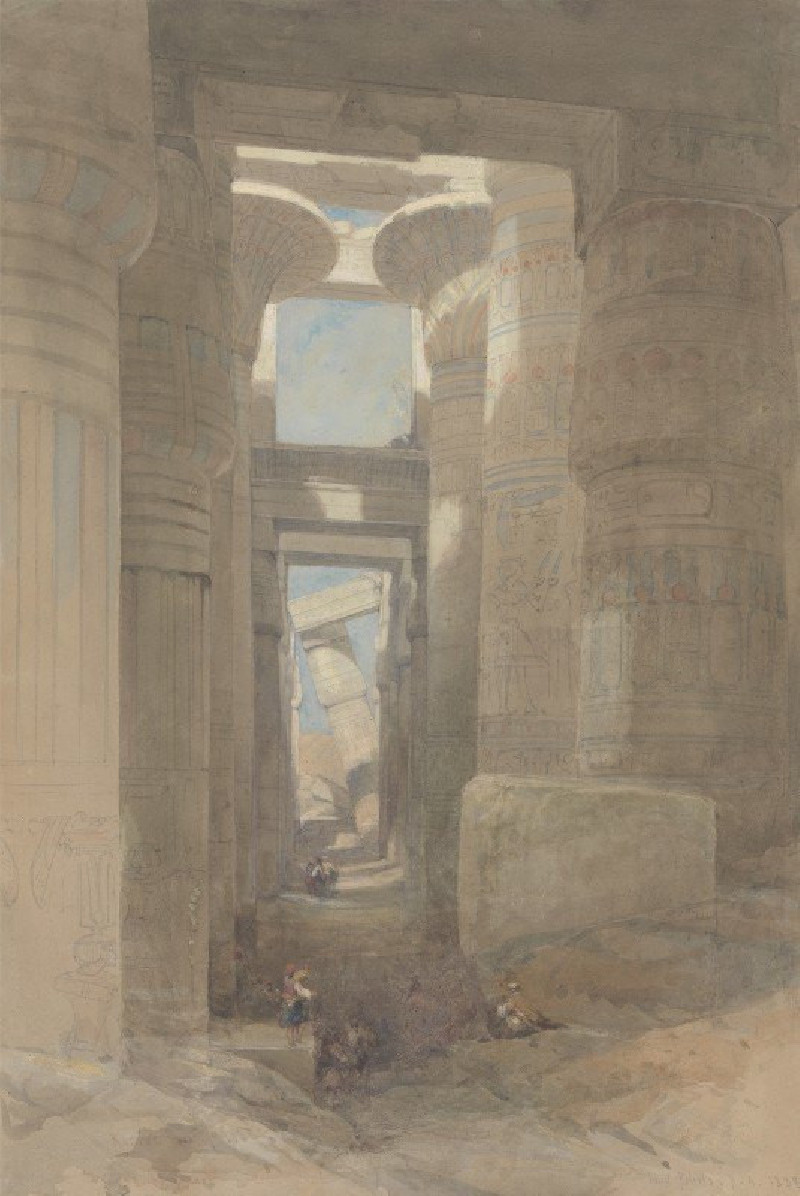
![Temple of Wady Saboua [Wadi al-Sabua], Nubia. (1846-1849) reproduction of painting by David Roberts. ALL GICLEE PRINTS](https://reprodukcijos.lt/39213-large_default/reproduction-of-temple-of-wady-saboua-wadi-al-sabua-nubia-1846-1849.jpg)
![Portico of the Temple of Edfou [Idfû], Upper Egypt. Nov. 23rd, 1838. (1846-1849) reproduction of painting by David Roberts. A...](https://reprodukcijos.lt/39212-large_default/reproduction-of-portico-of-the-temple-of-edfou-idfu-upper-egypt-nov-23rd-1838-1846-1849.jpg)
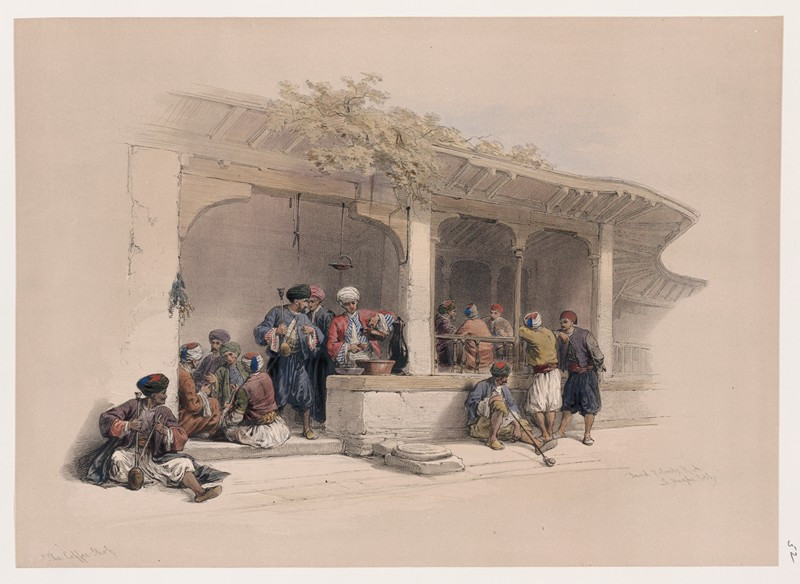

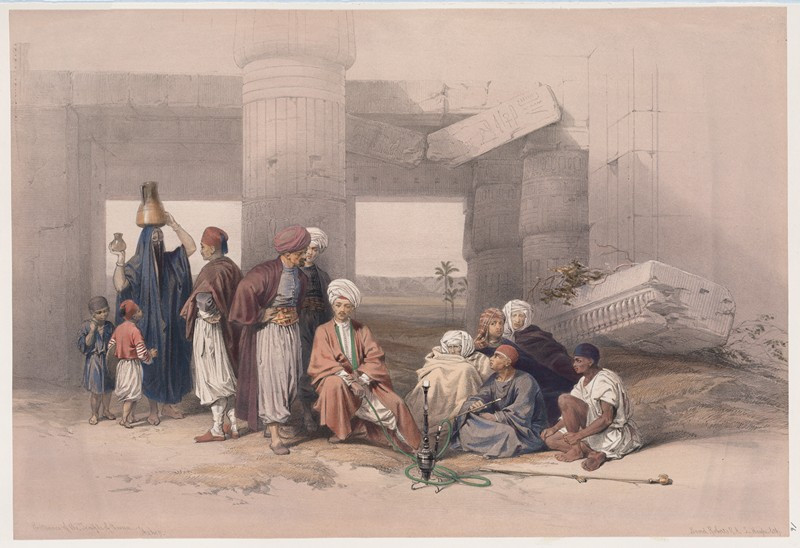
![Edfou [Edfu, Idfû]. Nov. 24th, 1838. (1846-1849) reproduction of painting by David Roberts. ALL GICLEE PRINTS](https://reprodukcijos.lt/39208-large_default/reproduction-of-edfou-edfu-idfu-nov-24th-1838-1846-1849.jpg)
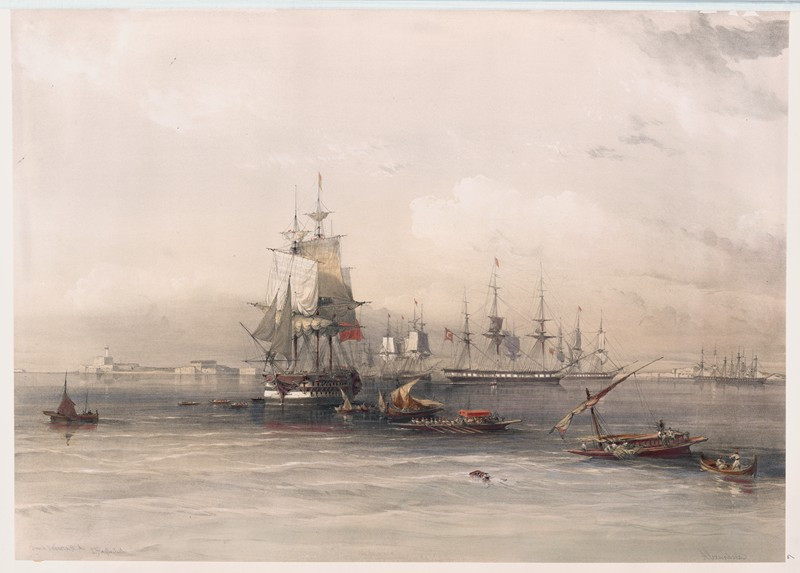
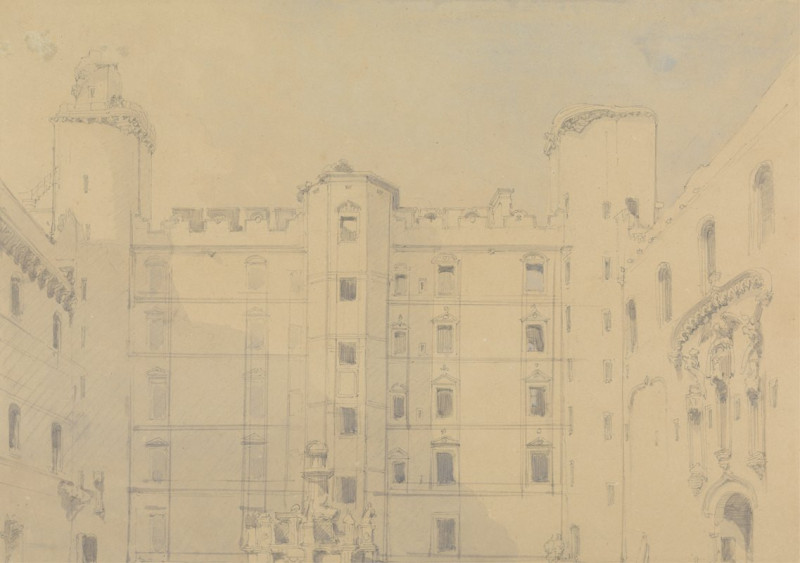
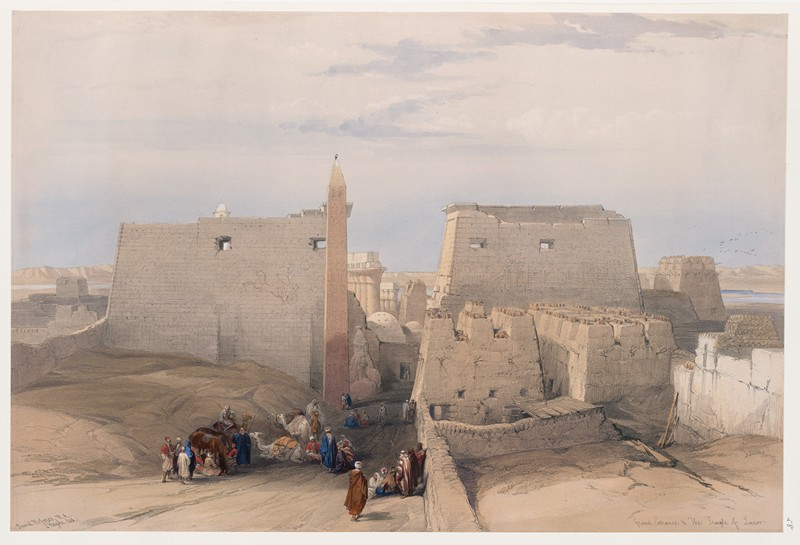

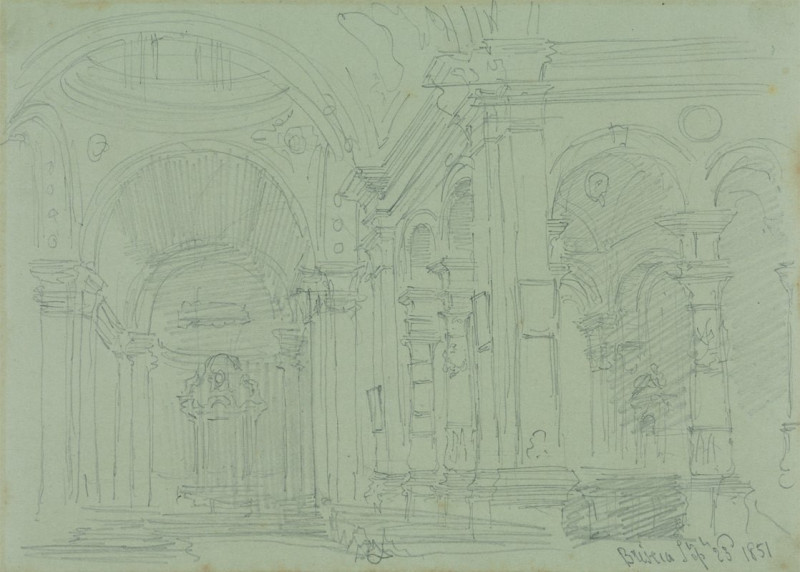
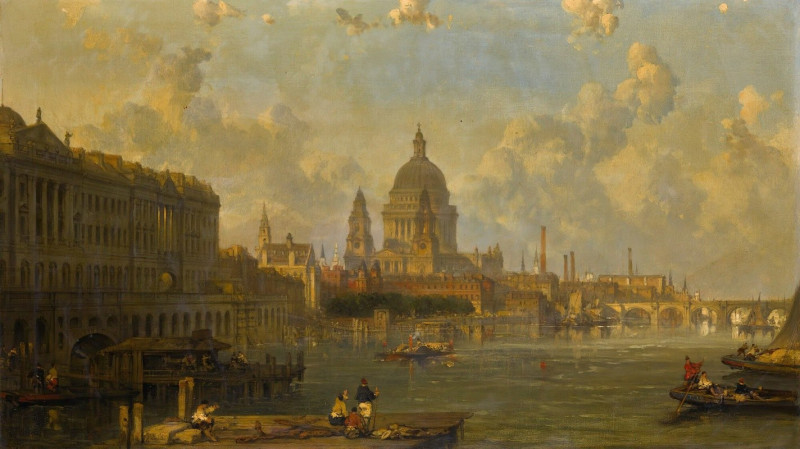
![Temple of Kalabshee [Kalabsha, Kalâbishah], Nubia. Nov. 1838. (1846-1849) reproduction of painting by David Roberts. ALL GICL...](https://reprodukcijos.lt/39201-large_default/reproduction-of-temple-of-kalabshee-kalabsha-kalabishah-nubia-nov-1838-1846-1849.jpg)
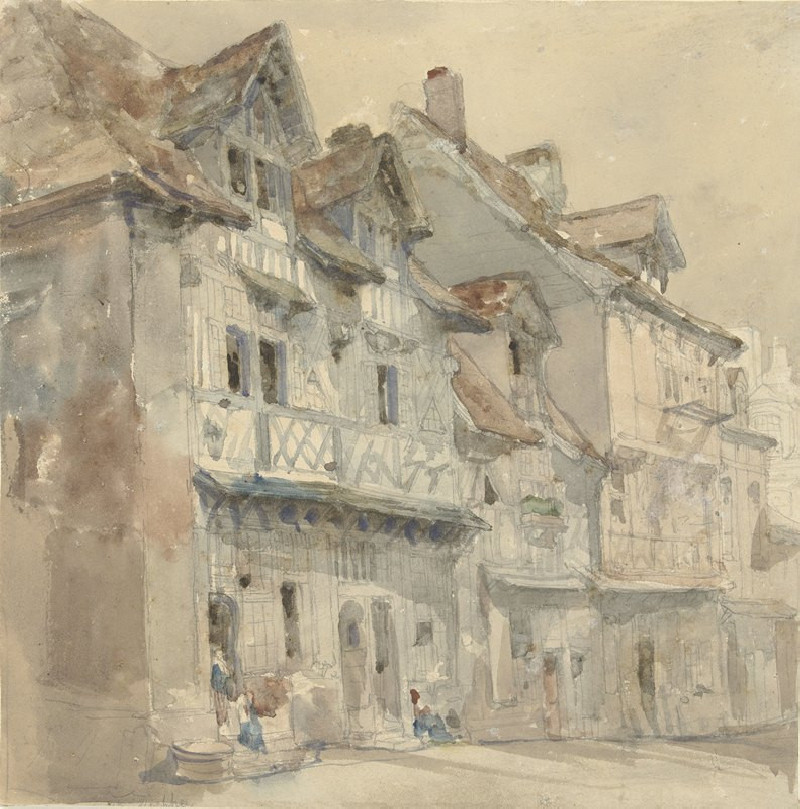
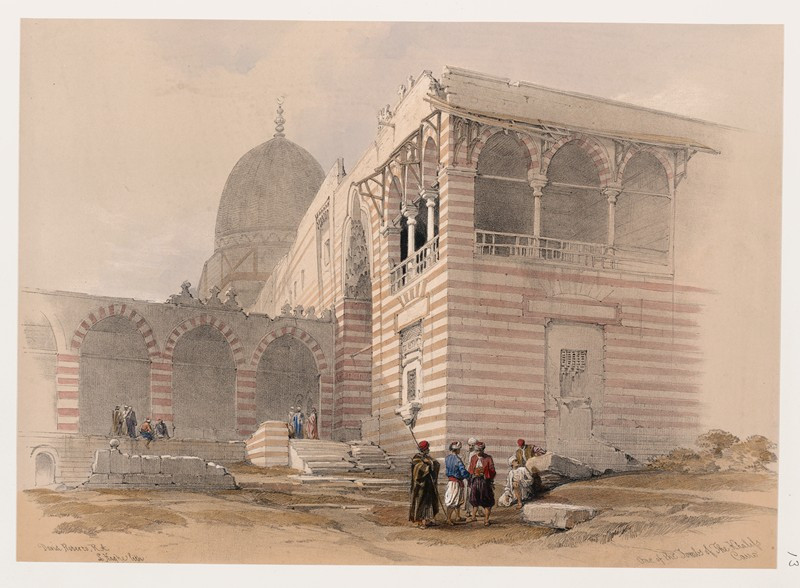

![Ruins of the Temple of Kardeseh [Qirtâsî], Nubia. (1846-1849) reproduction of painting by David Roberts. ALL GICLEE PRINTS](https://reprodukcijos.lt/39187-large_default/reproduction-of-ruins-of-the-temple-of-kardeseh-qirtasi-nubia-1846-1849.jpg)
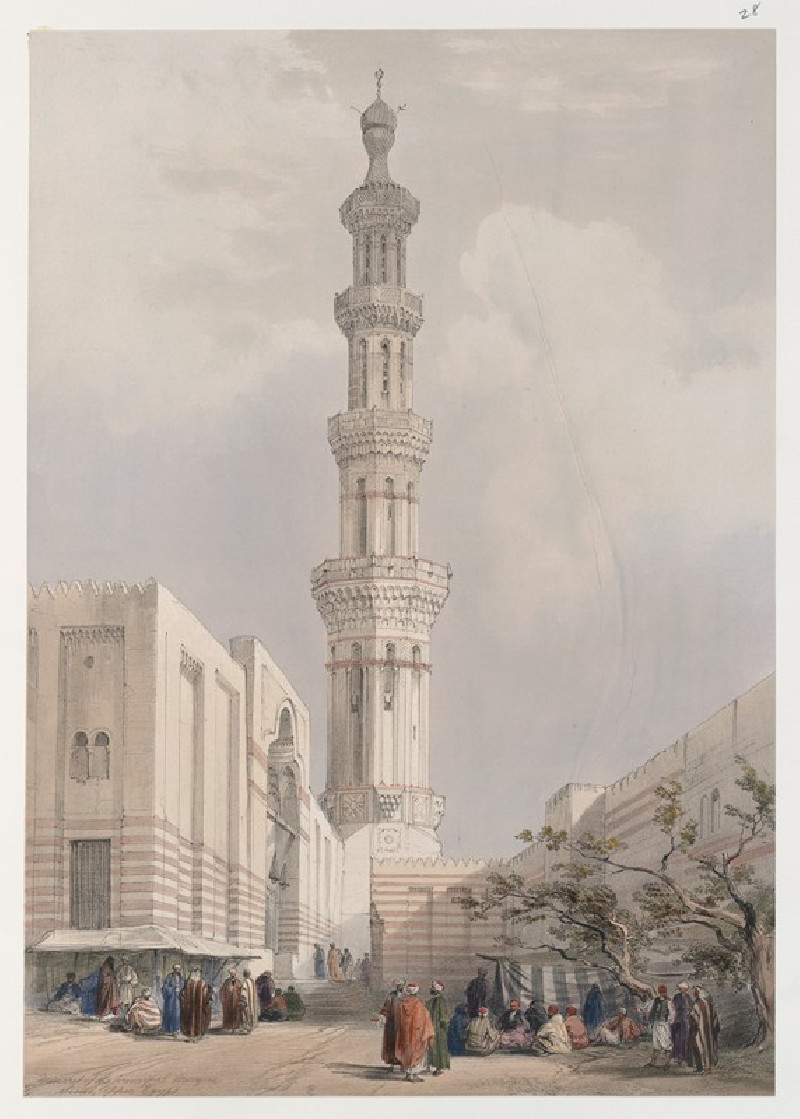
![Pyramids of Geezeh [Giza]. (1846-1849) reproduction of painting by David Roberts. ALL GICLEE PRINTS](https://reprodukcijos.lt/39185-large_default/reproduction-of-pyramids-of-geezeh-giza-1846-1849.jpg)
![Excavated temples of Aboosimble [Abû Sunbul], Nubia. (1846-1849) reproduction of painting by David Roberts. ALL GICLEE PRINTS](https://reprodukcijos.lt/39184-large_default/reproduction-of-excavated-temples-of-aboosimble-abu-sunbul-nubia-1846-1849.jpg)

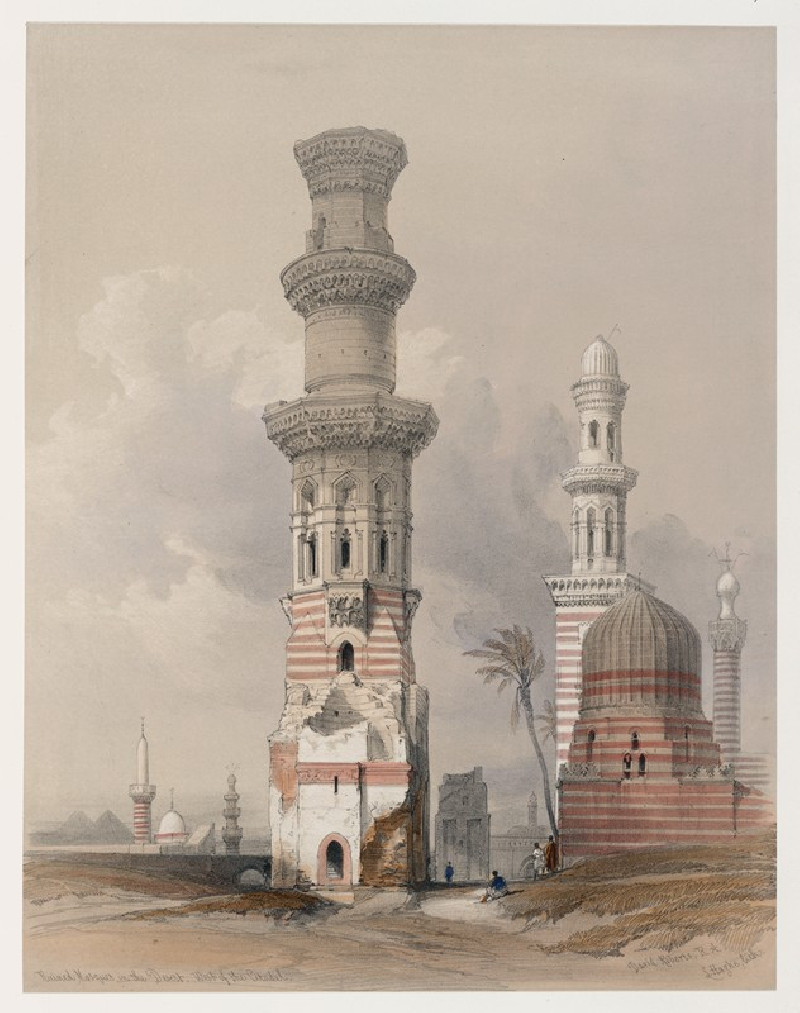


![Dayr el Medeeneh [Dayr al-Madînah], Thebes. (1846-1849) reproduction of painting by David Roberts. ALL GICLEE PRINTS](https://reprodukcijos.lt/39182-large_default/reproduction-of-dayr-el-medeeneh-dayr-al-madinah-thebes-1846-1849.jpg)
